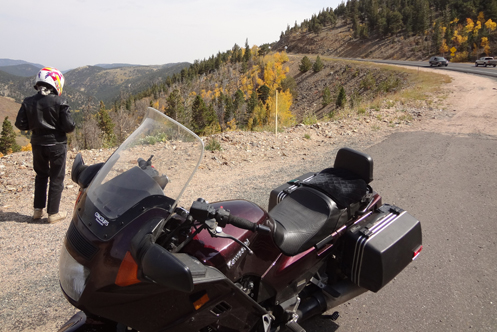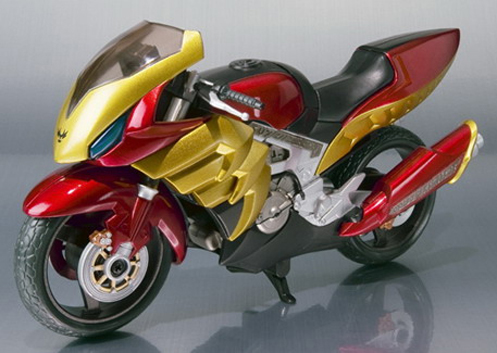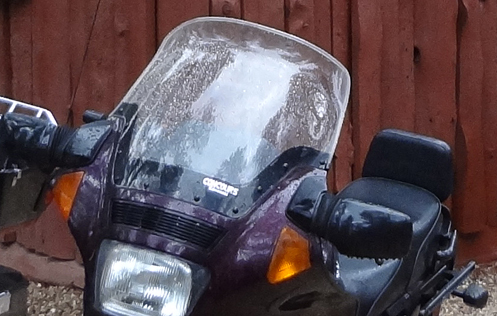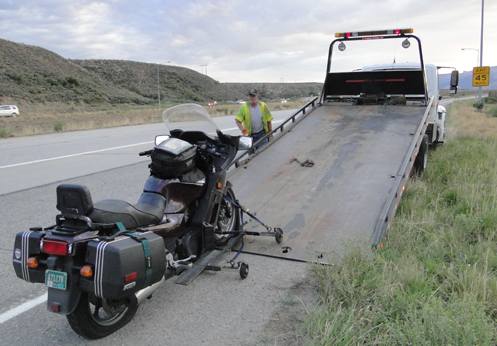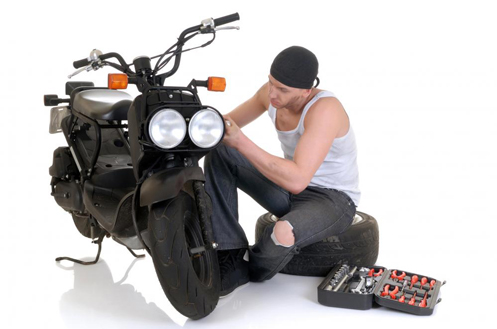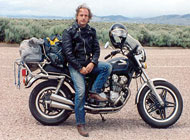A First Ride With My New Heated Gloves
Monday, December 3rd, 2012Saturday was a gorgeous day so I had to ride. And it was really too warm to give my new electric gloves a test, but I figured they needed to be broken in and I could still try them out and see how warm they get. I also wore my electric vest just in case, but as I suspected, I didn’t need to plug it in.
So how were the gloves? First off, these Gerbing Core S-2B battery-powered gloves are a little stiff brand new, so breaking them in by wearing them is a good thing. I checked out their heated gloves that are powered by wires from your bike’s battery and they’re not so stiff. Presumably the latter gloves can carry more power and so need less of the fine wiring woven through them. The battery-powered gloves need to conserve energy to extend battery life, so they don’t use the brute force approach the others use.
I put the gloves on and turned them on and the feeling of warm all over my hands was instantaneous. For testing purposes, I turned the right glove up to full power and set the left at a lower level. In the process I found that it is easier to turn then on and set the level before you put them on your hands. It’s just clunky trying to do it with them on, though they are designed well enough that it can be done without too much difficulty. Still, it’s easier to do it with them off.
Riding on this warm day, you can bet my hands never got cold. And as you might expect, after awhile my right hand started getting too warm. It never felt like it was roasting–they don’t get that hot–but I did feel the desire to turn it down. And after awhile I turned the left glove completely off. My hand never got cold but I was aware that it was no longer receiving external heating.
The gloves themselves are quite comfortable. They seem to be extremely well made and could serve as just a regular pair of riding gloves if you chose. The one thing I had expected that proved correct was that the battery, which mounts in the gauntlet, was uncomfortable sitting right on top of my watch on my left wrist. So I took the watch off and put it in my pocket.
The gauntlets are not as wide as on my regular gloves, so it was a bit more of a trick getting them over my sleeves, but not a real hassle–just not quite as easy. But then they were nice and snug to help keep cold air out.
So far I rate them very highly. Of course, the real test will come when it gets colder. Just from my experience on Saturday I suspect I’ll end up running them either at full power or 75 percent power most of the time. At those levels the batteries are good for either 2 hours or 4 hours, and if it’s really cold I don’t expect I’ll be out longer than that anyway, so why not be as warm as possible?
More to come.
Recent from National Motorcycle Examiner
New questionnaire added in women motorcyclist research project
Biker Quote for Today
You know you’re a biker if, when the weather is too bad for riding, you start your bike and sit on it in the garage.
